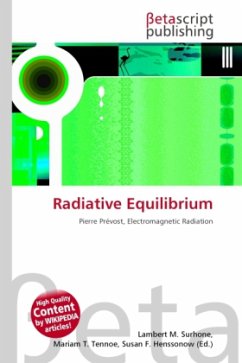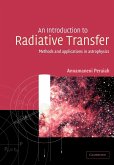Please note that the content of this book primarily consists of articles available from Wikipedia or other free sources online. Radiative flux, or radiative flux density, is the amount of energy moving in the form of photons or other elementary particles at a certain distance from the source per unit of area per second (measured in J·m 2·s 1).[1] It is used in astronomy to determine the magnitude and spectral class of a star. Radiative flux also acts as a generalization of heat flux, which is equal to the radiative flux when restricted to the infrared spectrum. In physics, a photon is an elementary particle, the quantum of the electromagnetic interaction and the basic "unit" of light and all other forms of electromagnetic radiation. It is also the force carrier for the electromagnetic force. The effects of this force are easily observable at both the microscopic and macroscopic level, because the photon has no rest mass; this allows for interactions at long distances. Like all elementary particles, photons are governed by quantum mechanics and will exhibit wave-particle duality they exhibit properties of both waves and particles.
Bitte wählen Sie Ihr Anliegen aus.
Rechnungen
Retourenschein anfordern
Bestellstatus
Storno








